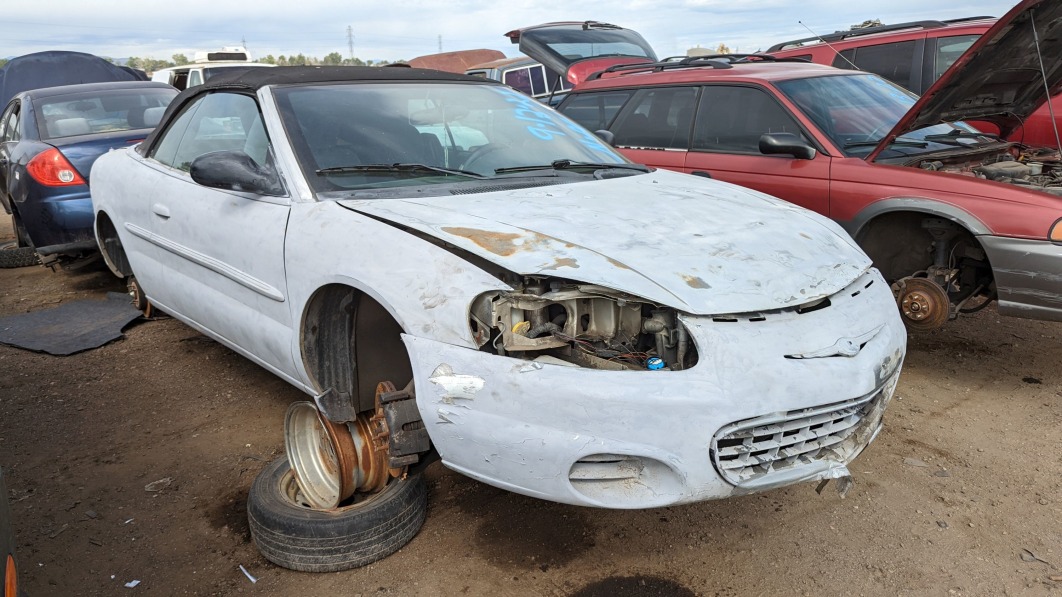One of the dreams of many people is to afford to come to the dealer’s store and acquire a brand-new car. However, the reality is different. And the fact the market for used cars is full of vehicles, as well as potential consumers, confirms that the financial situation does not allow people to buy brand-new cars.
Undeniably, such popularity of used machines  cannot be ignored by those vendors who would like to make a lot of money dishonestly. It is when TN VIN check services come in handy. By checking the VIN number, you will get to know the whole vehicle history. Thanks to the latter, you will be able to find out how a car has been serviced, if it has been in accidents, and get to know all the real data about it. If having checked the VIN code, there is nothing suspicious — it is not yet time to confirm the deal.
cannot be ignored by those vendors who would like to make a lot of money dishonestly. It is when TN VIN check services come in handy. By checking the VIN number, you will get to know the whole vehicle history. Thanks to the latter, you will be able to find out how a car has been serviced, if it has been in accidents, and get to know all the real data about it. If having checked the VIN code, there is nothing suspicious — it is not yet time to confirm the deal.
Things to Pay Attention to
So, having checked the VIN code, you may arrive to inspect a car you would like to acquire visually. Here are more details to pay attention to:
- External inspection of the auto: It should be done in good light, while the car should be washed. Artificial lighting and dirt can hide many imperfections.
- Evaluate the paintwork: pay attention to chips and scratches and differences in the shade and structure of the paint. The uniformity of paint application and the presence of dents are best seen when viewed from an acute angle. Even if a car has not been in an accident, it might have been damaged in a parking lot.
- Inspect the vehicle for corrosion: Rust usually occurs primarily on wheel arches, sills, under rubber seals, at panel joints. Pay attention to tuning elements since lining, spoilers, and stickers might hide dents and rust.
- Cabin inspection: Pay attention to the strength of fastening and the integrity of panels, the presence of handles, buttons, and switches. All driver’s seat adjustments must function.
Engine and its compartment

The engine should not be too clean and shiny — this is a sign that the owner of the car is trying to hide smudges of oil and technical fluids. The presence of dust is natural for the engine; other than that, both the engine and the radiator must be clean, without traces of oil and other liquids. Rubber hoses must not be cracked, they must remain elastic, and all connections must be secure.
Pay attention to the oil: it should be free of foreign inclusions, there should be no pasty coating inside the filler neck. It should not be too thick — thick oil is poured to temporarily hide the high degree of engine wear.
Check the coolant level and color — a cloudy liquid indicates the presence of oil in it.
Start the engine and let it idle. With the engine turned on and warm, remove the dipstick — no noticeable steam should come out of the neck, and the oil should not splash. The same applies to the oil filler neck: if you unscrew its cap while the engine is on, the sound of the engine should not change.
As you can see, there are plenty of things to evaluate. So, if you are not sure of yourself, hire a professional to inspect a car with you.







